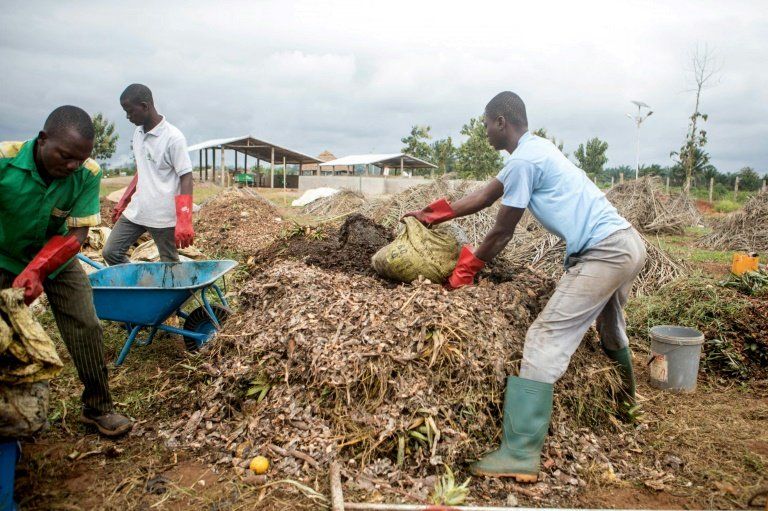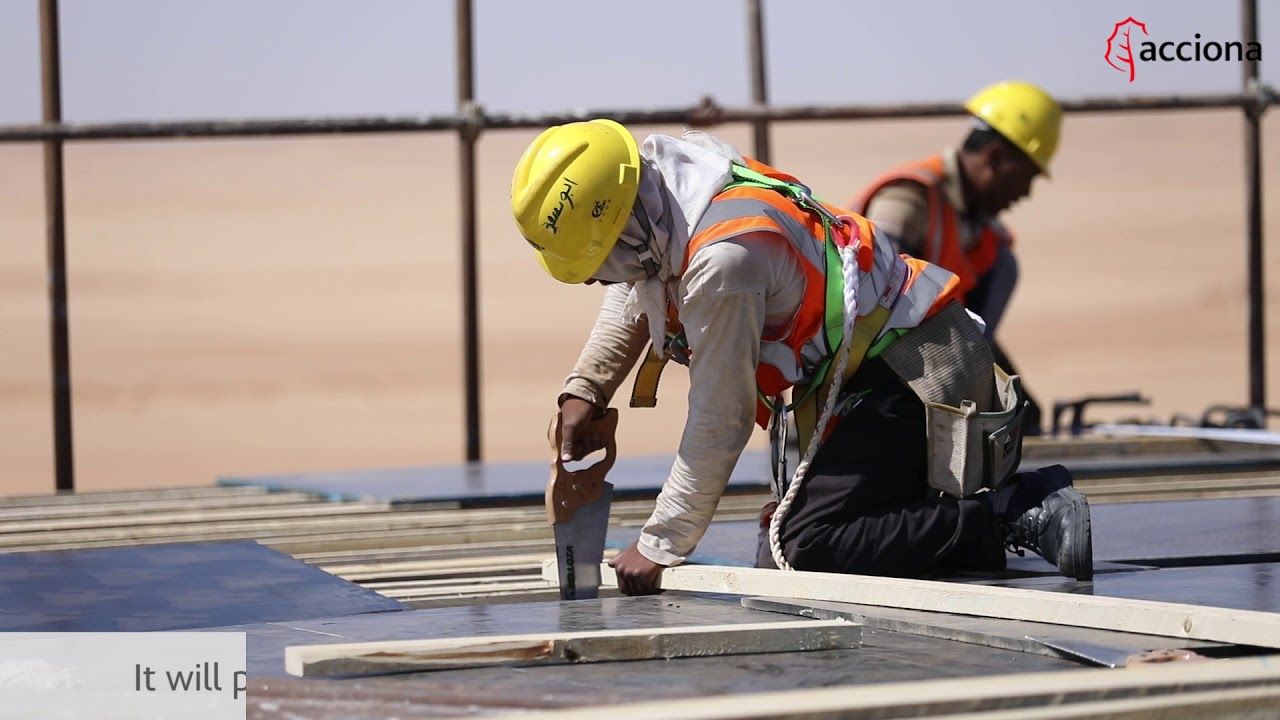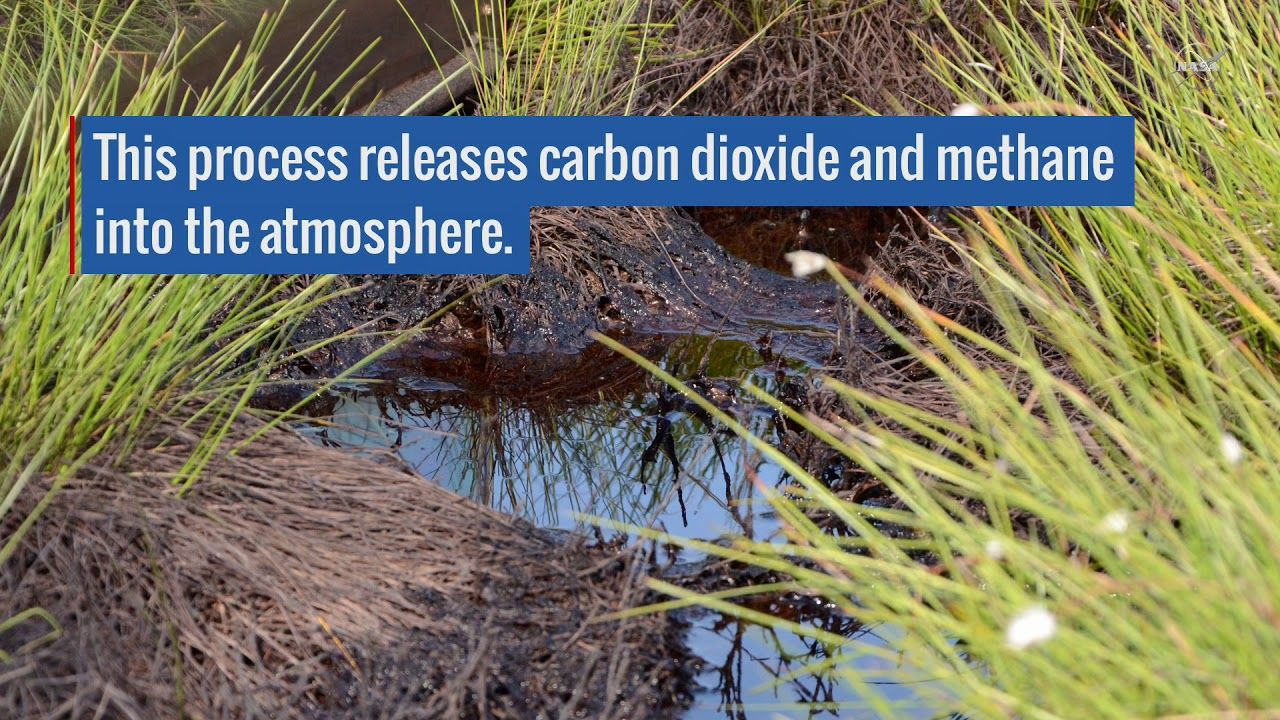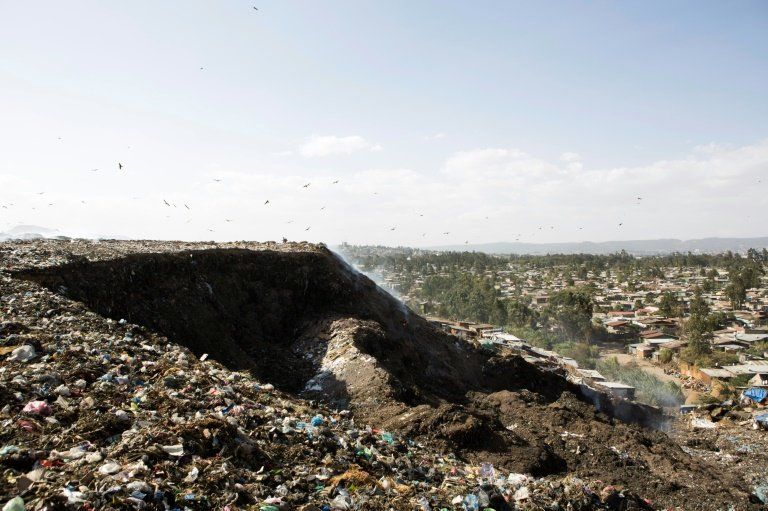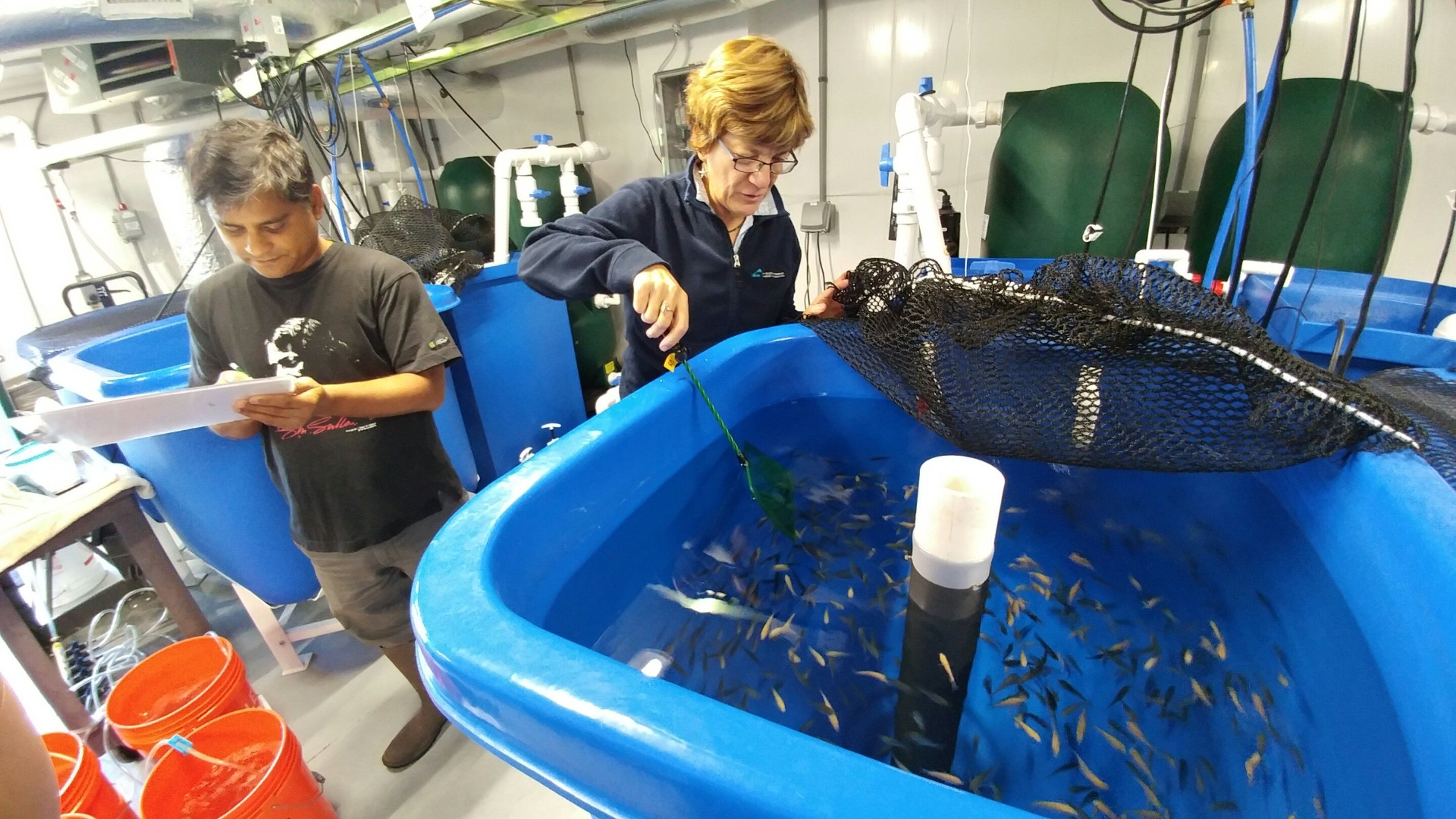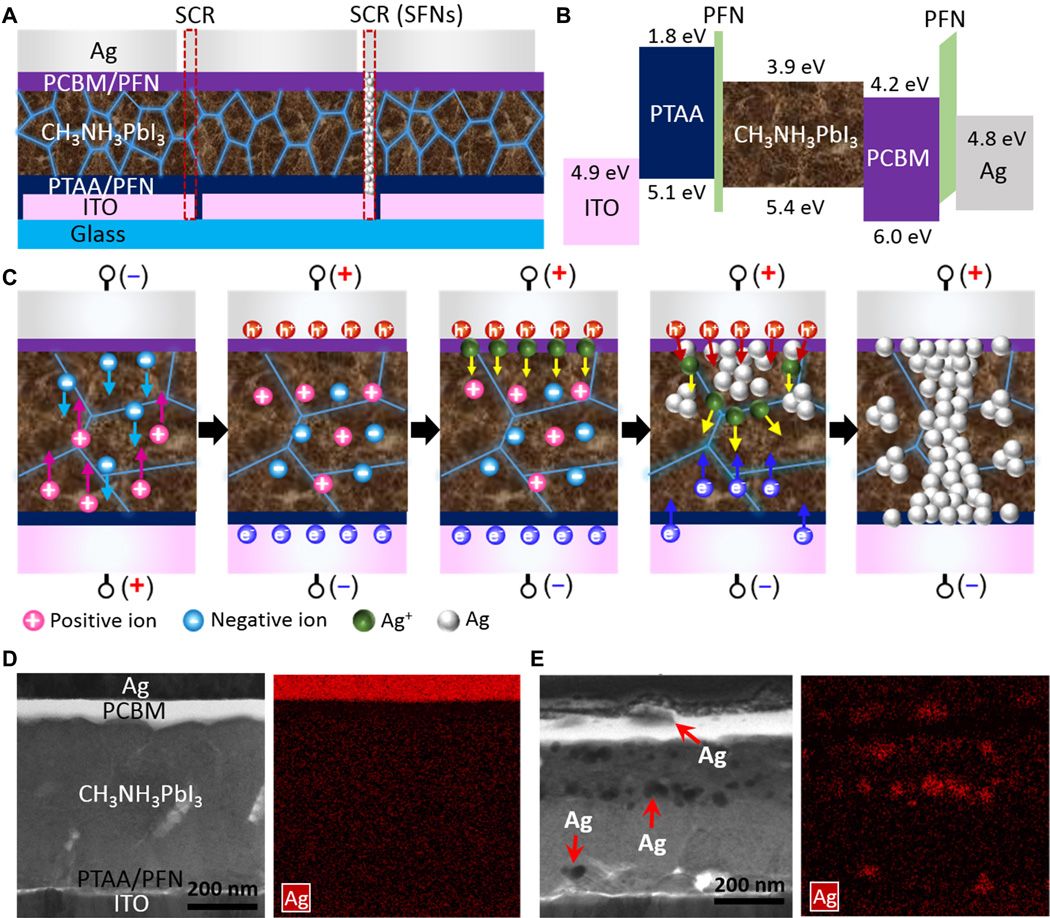Aug 24, 2018
Scientists deliver a longer-lasting lithium-oxygen battery
Posted by Bill Kemp in categories: mobile phones, sustainability, transportation
Packing more energy into batteries is the key to delivering electric cars with longer range, smartphones that can last days—and cheaper electronic products all around.
The promise: Lithium-oxygen batteries represent one of the more promising paths toward that end. They could boost energy density by an order of magnitude above conventional lithium-ion batteries—in theory, at least. In a paper published today in Science, researchers at the University of Waterloo identified ways of addressing some of the major hurdles to converting that potential into commercial reality.
The challenge: A critical problem has been that as a lithium-oxygen battery discharges, oxygen is converted into superoxide and then lithium peroxide, reactive compounds that corrode the battery’s components over time. That, in turn, limits its recharging ability—and any real-world utility.
Continue reading “Scientists deliver a longer-lasting lithium-oxygen battery” »

